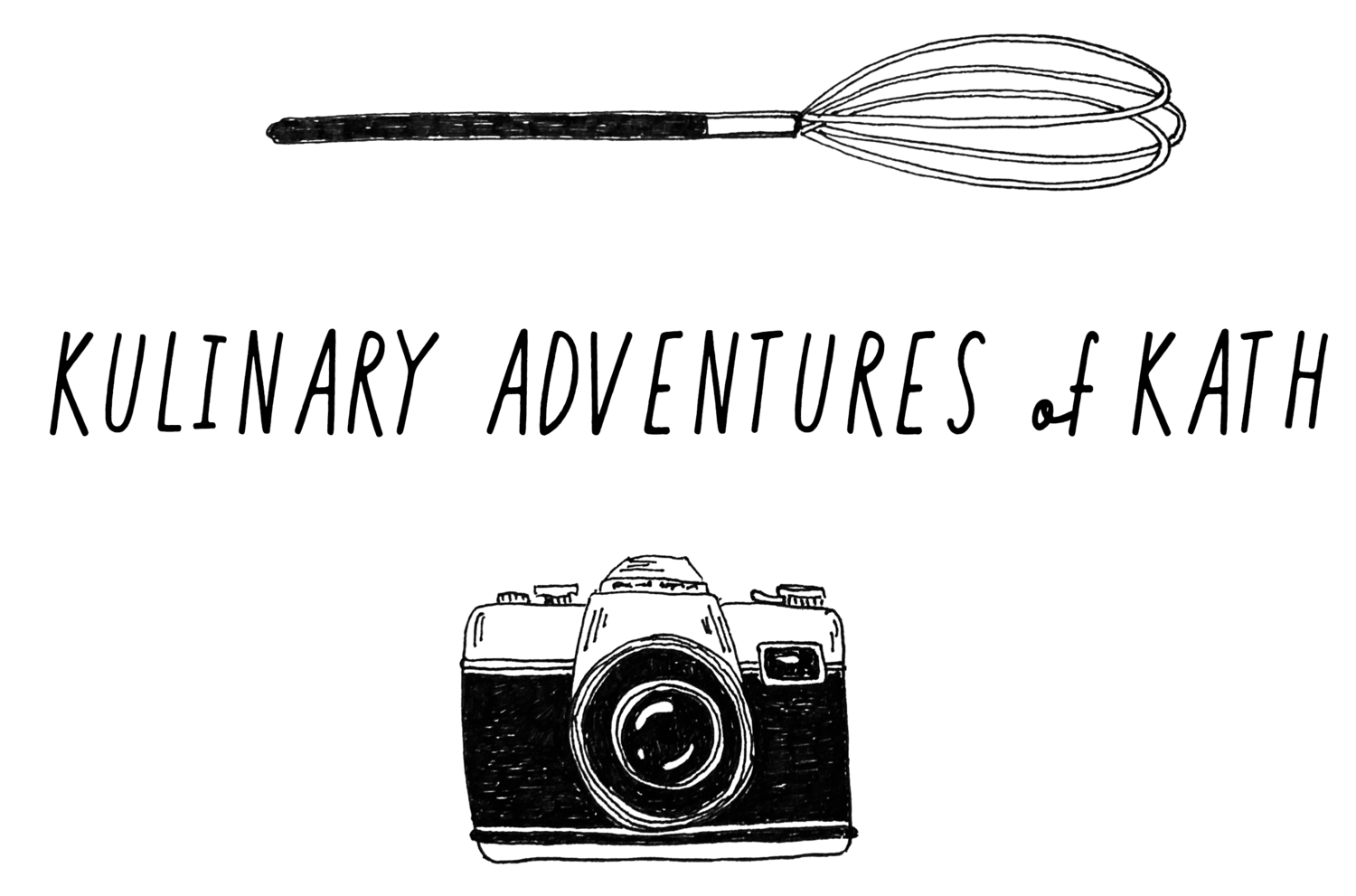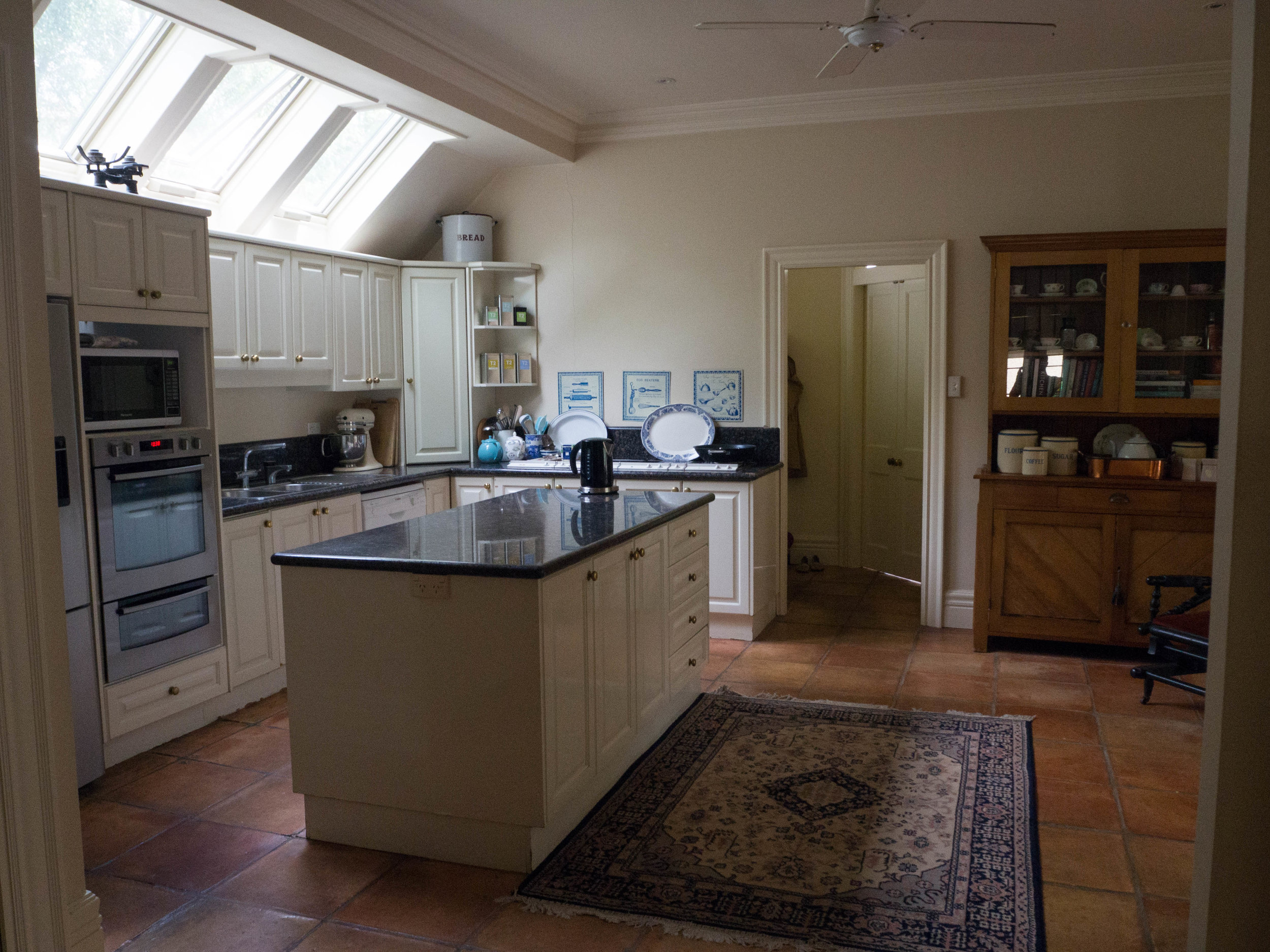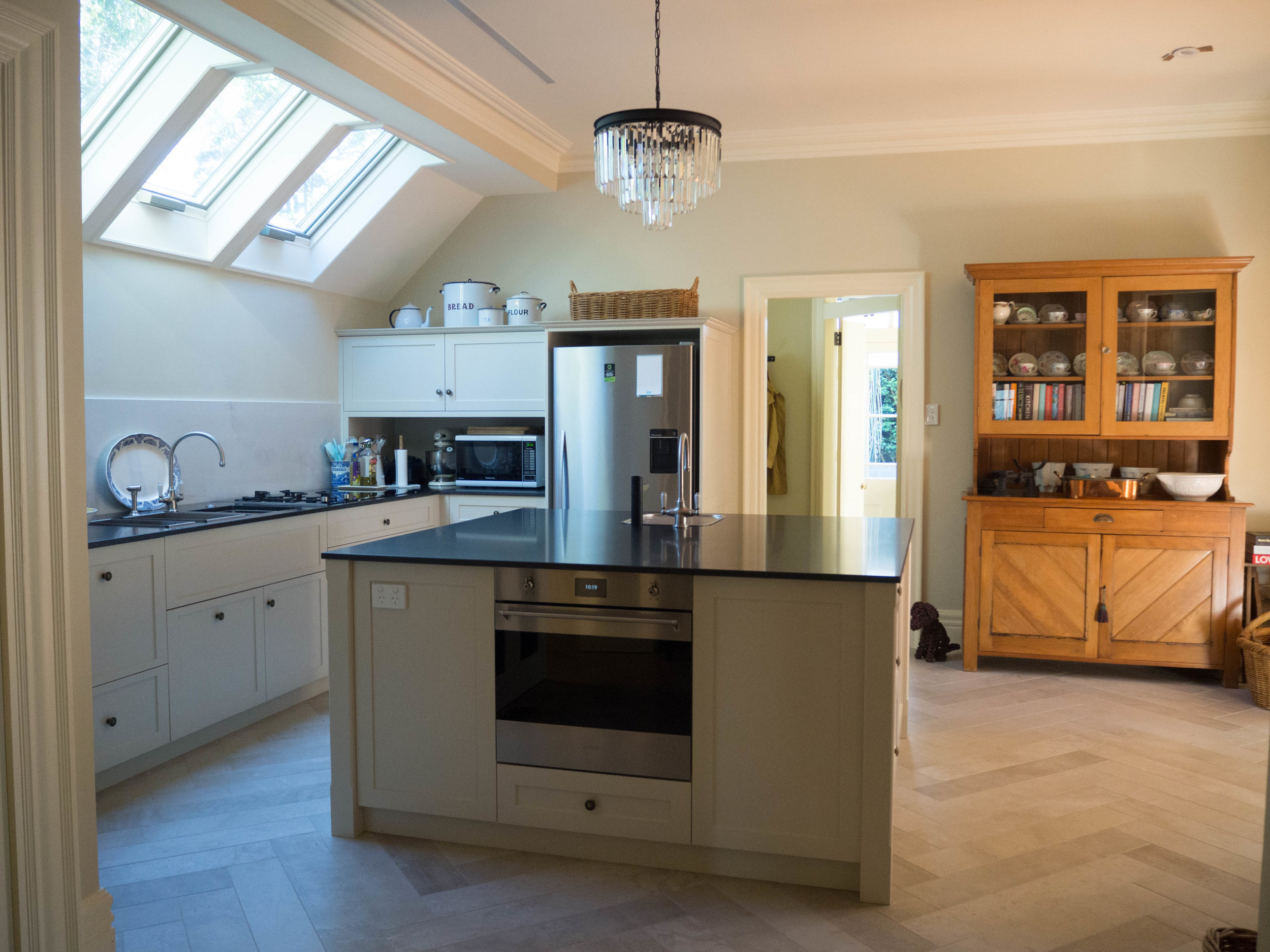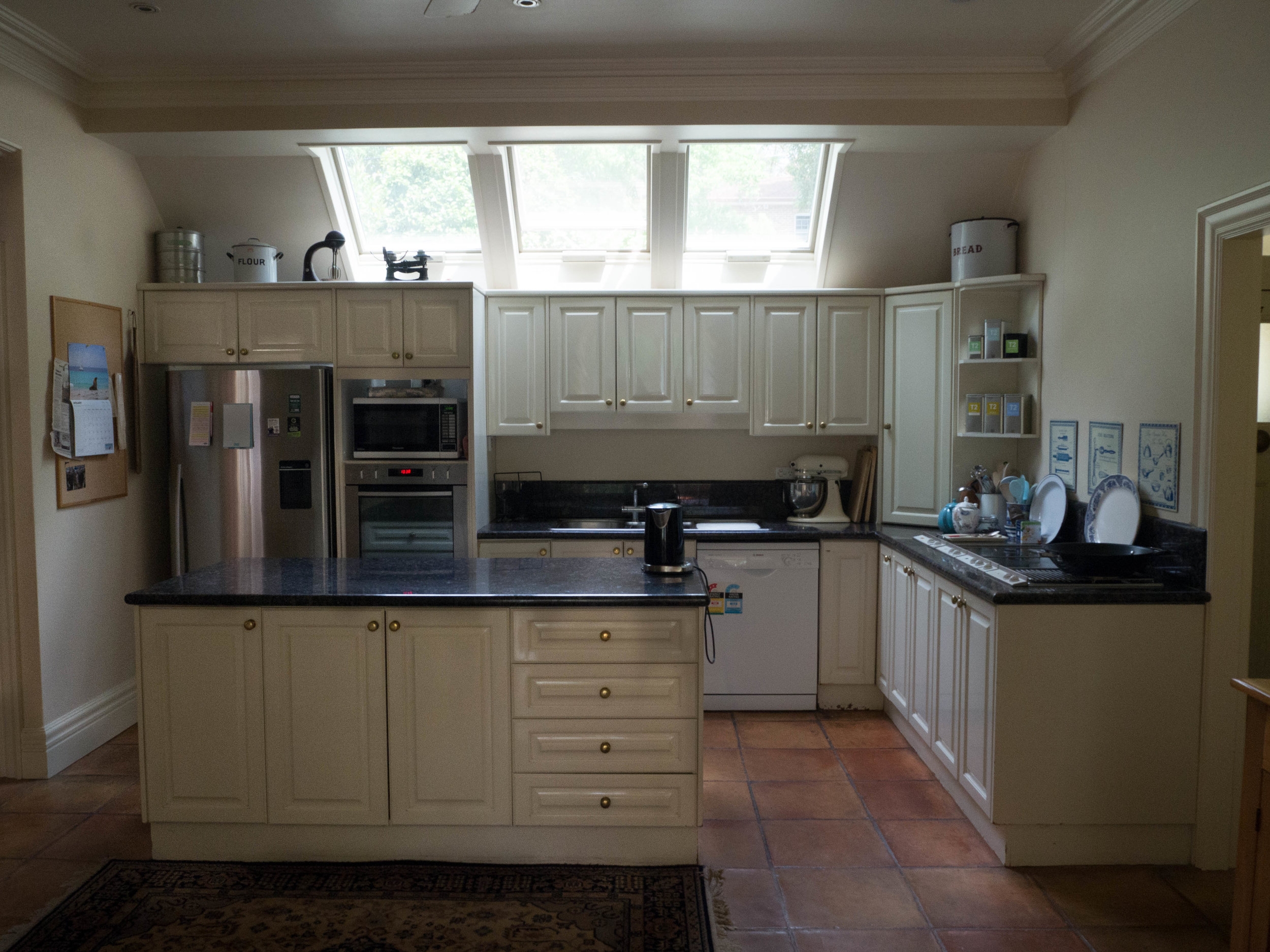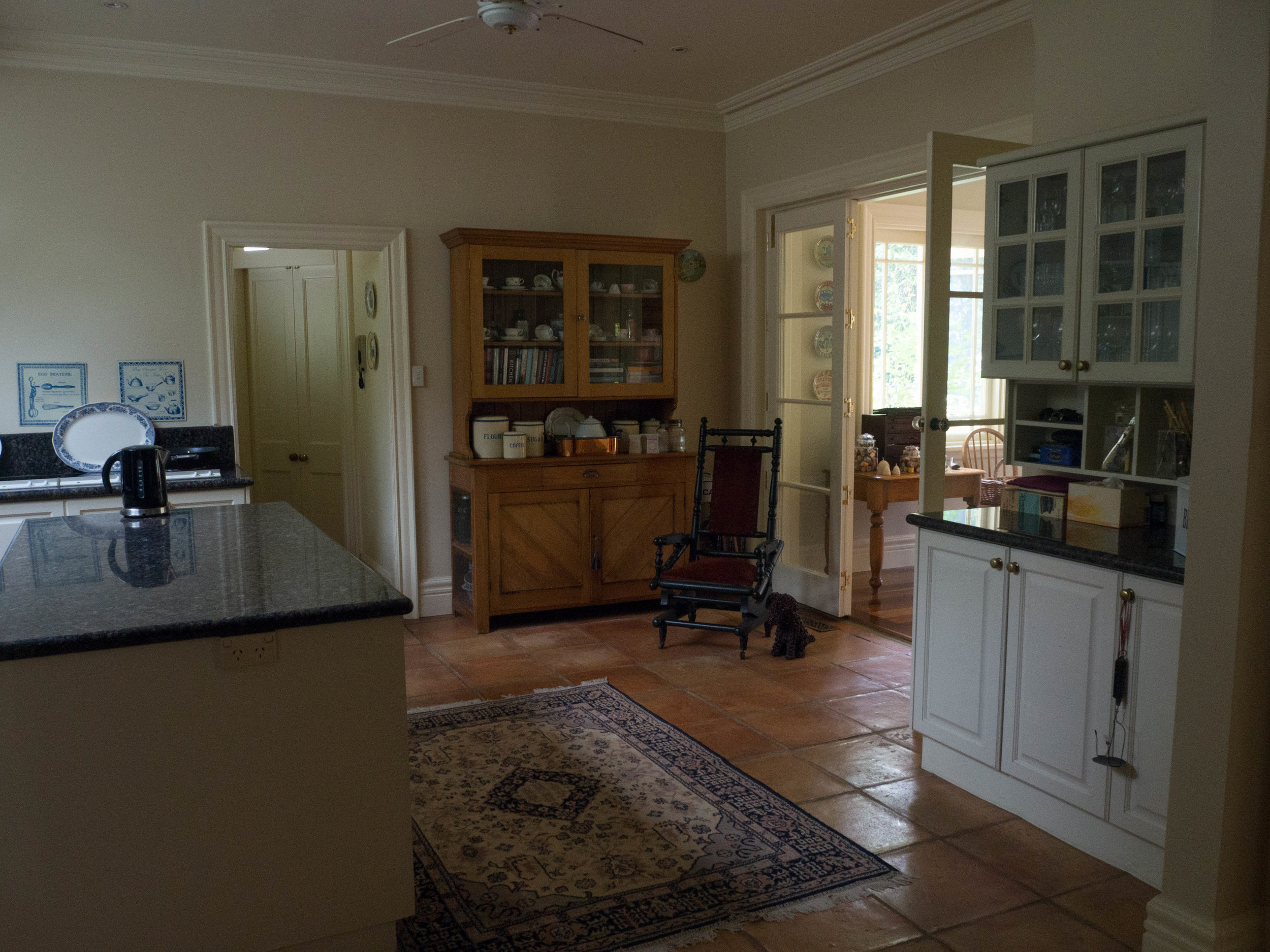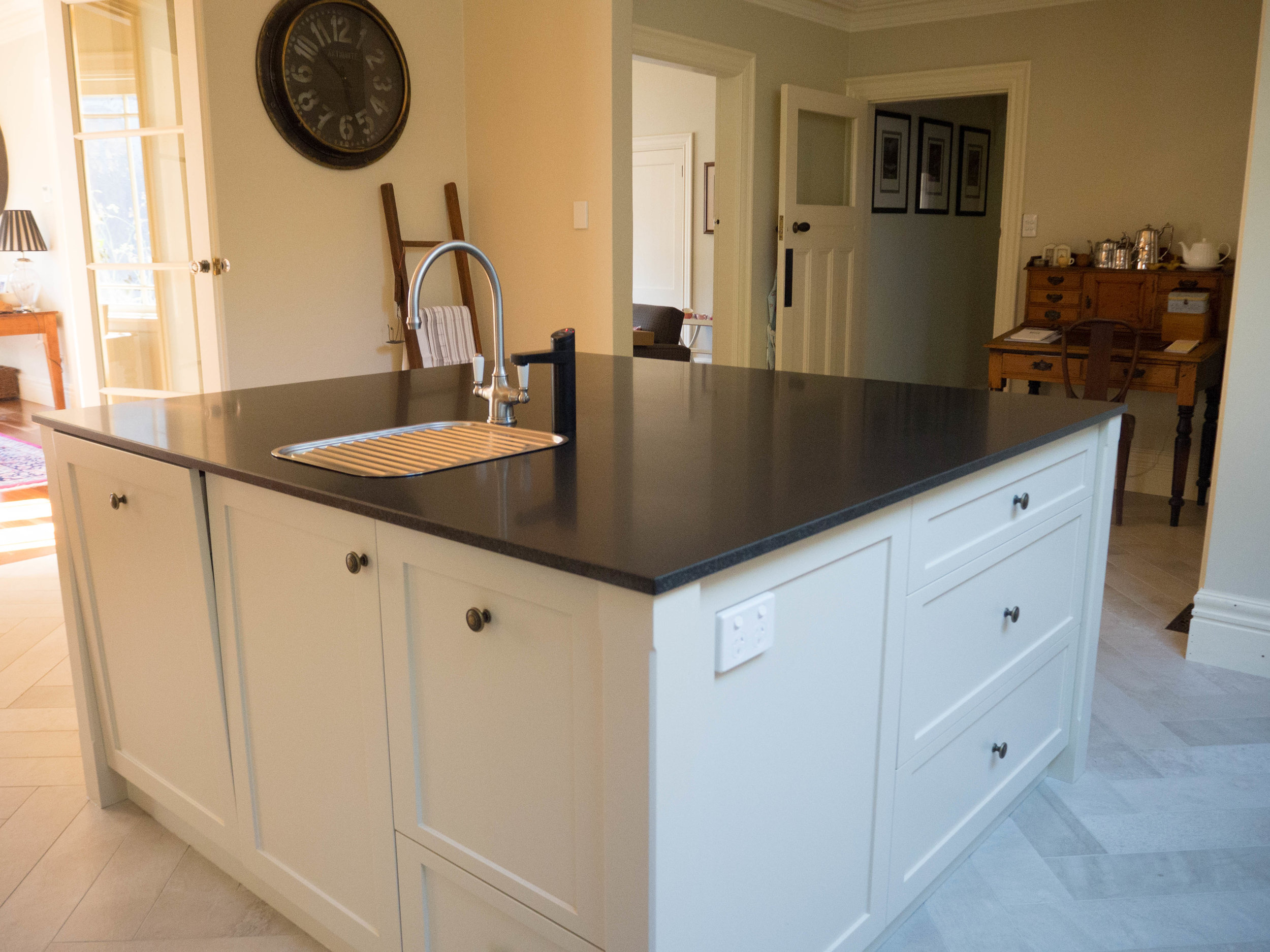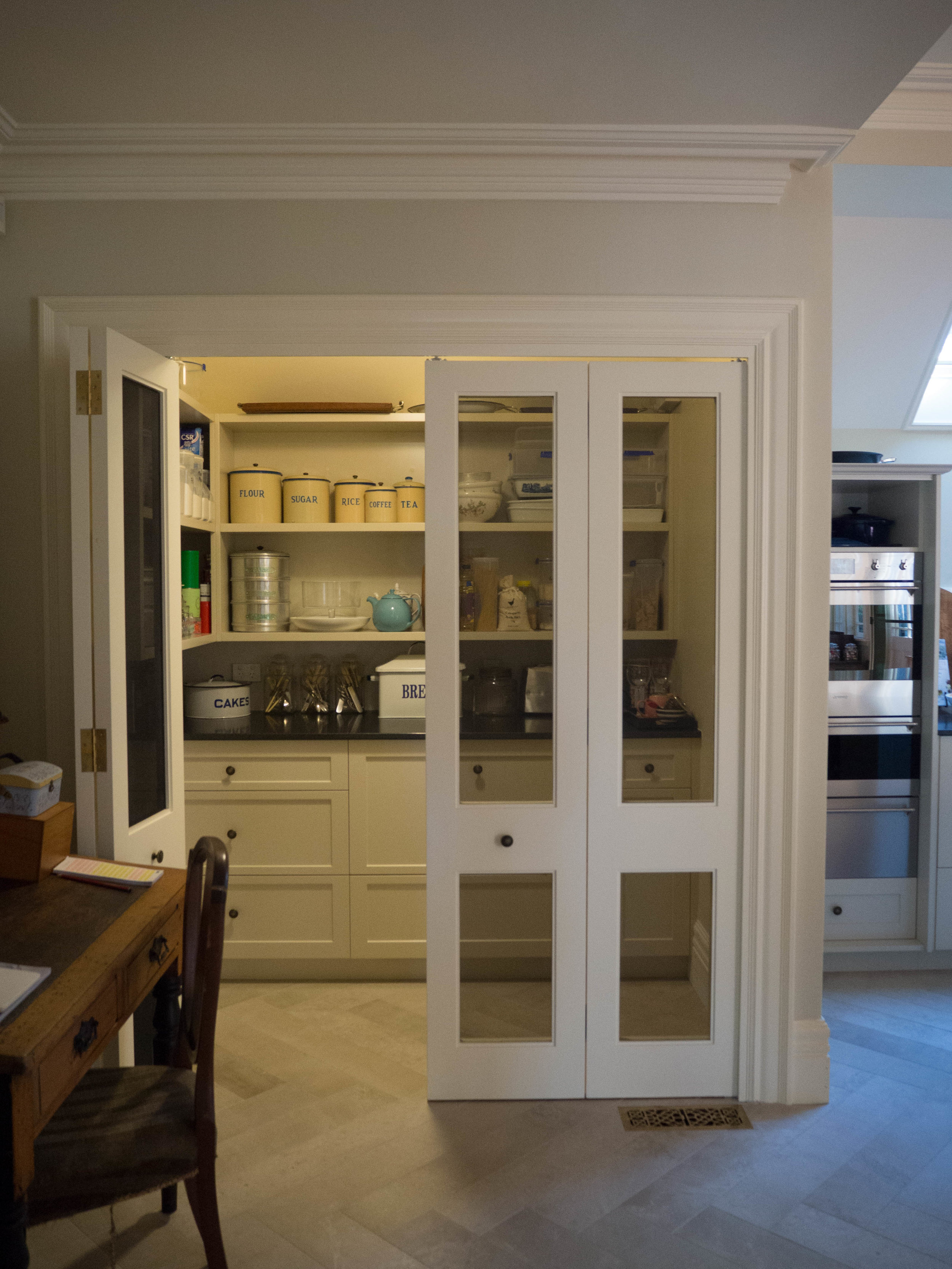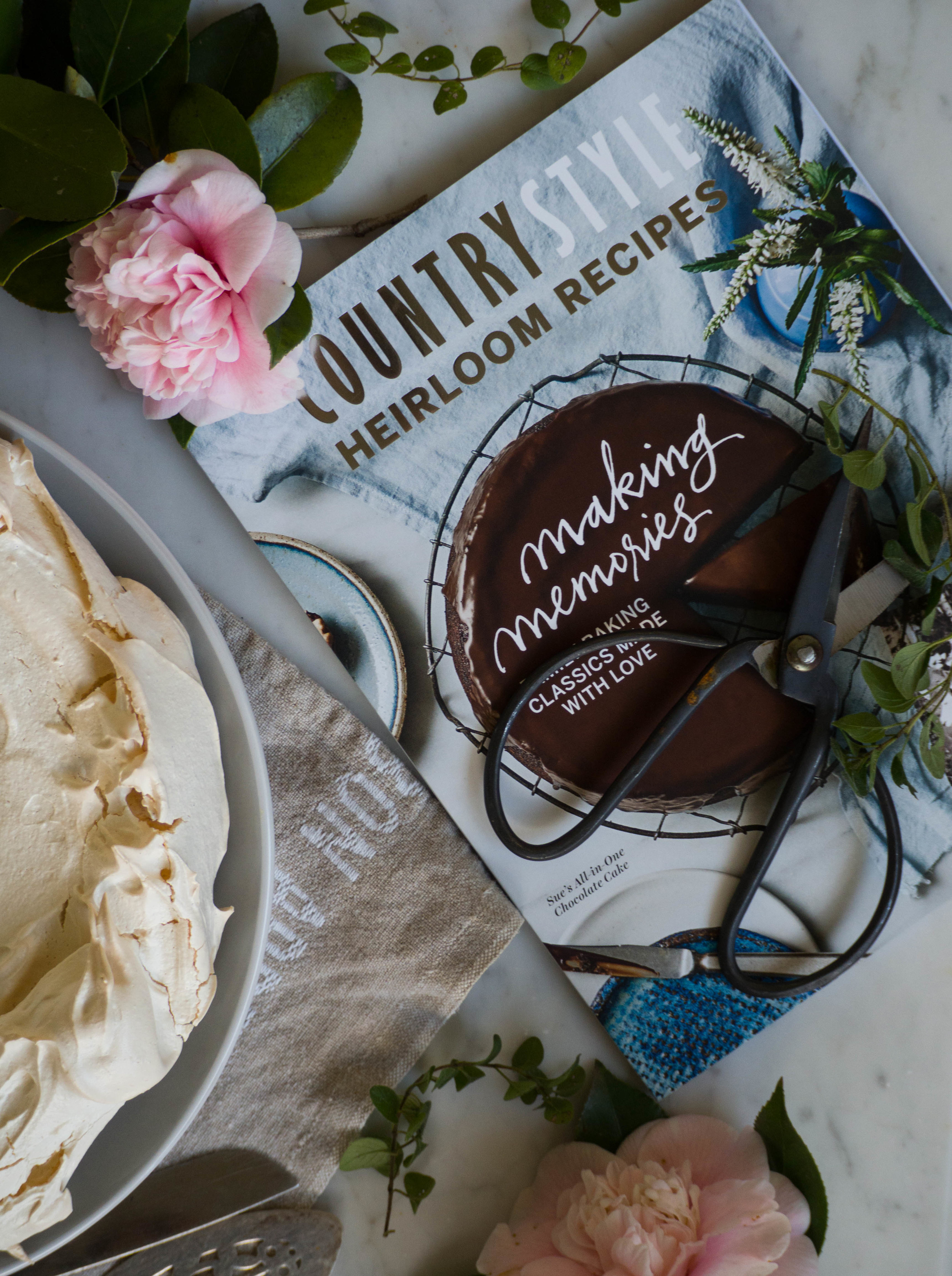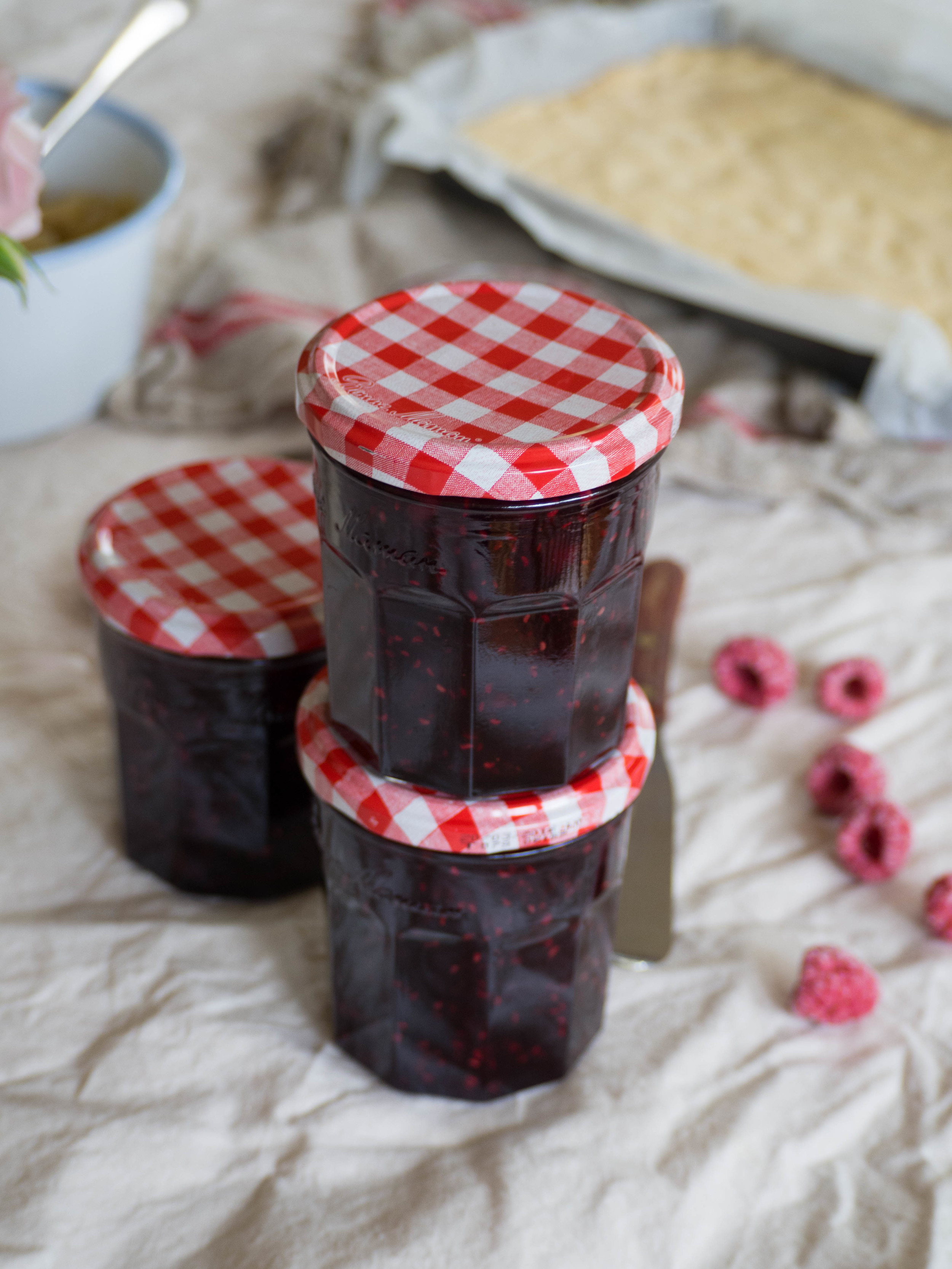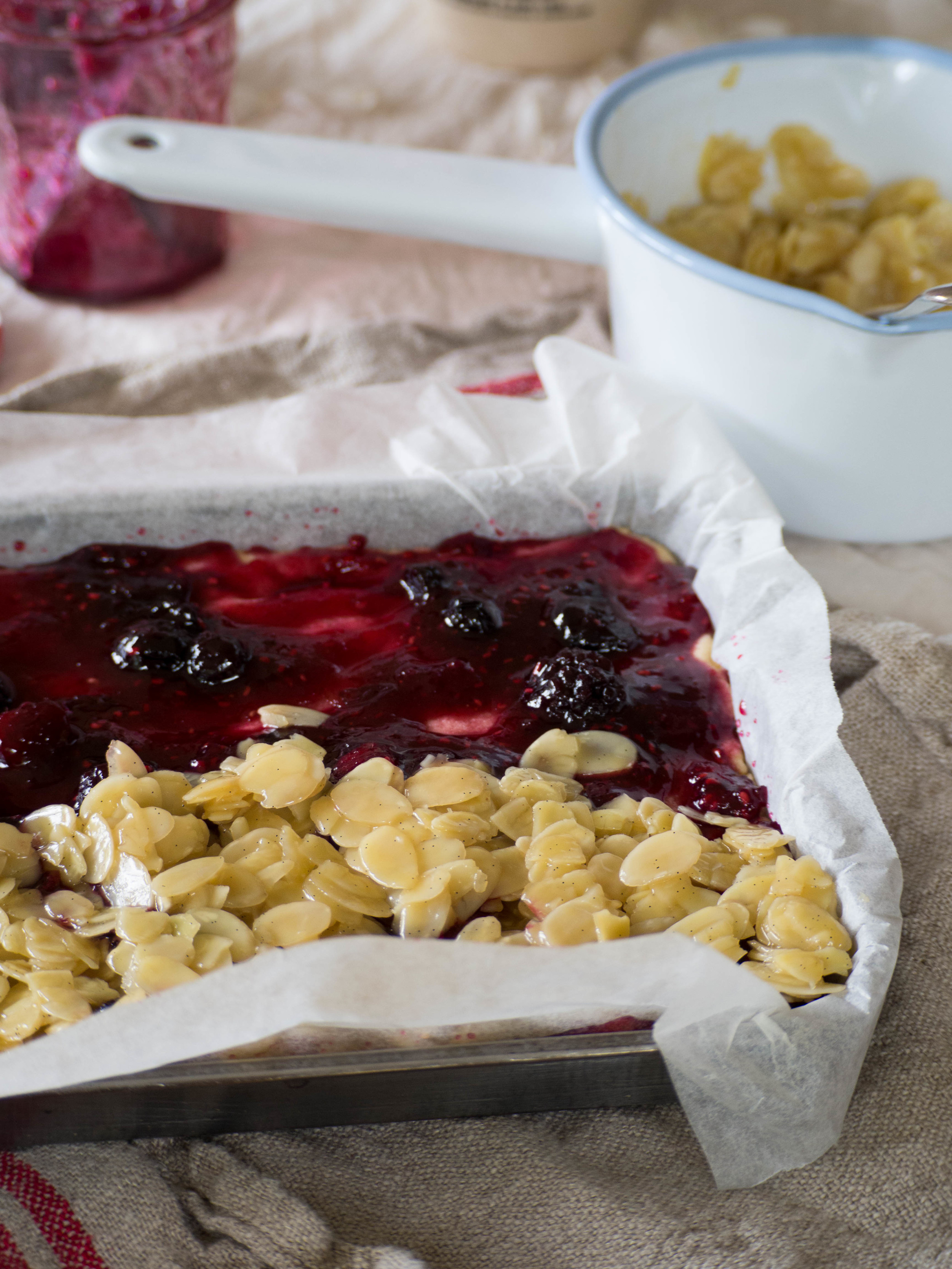Before blood orange season is officially over, I really wanted to share this simple cupcake recipe with you. The basic recipe is my staple cupcake/cake recipe I bake over and over again, and thus adapt over and over again.
I have had a bit of a ‘thing’ for blood oranges this season. If you follow me on Instagram, you might have noticed! And luckily, this season seems to have been particularly plentiful. To me they are much nicer than a regular orange and I always feel some level of excitement when cutting one open - how red/purple will it be?! I have bought many whilst perusing the local green grocers on my lunch break, and carried them home on the train with either grand plans to bake something that weekend or just to juice them and freeze it for something later on.
This recipe can suit either plan, use whilst the oranges are fresh, or defrost the juice later on and make when blood oranges have long gone from the markets. If making with fresh oranges, use the zest in the cake and the juice for the icing as the below recipe suggests. If you only have the juice, use that for the icing and add the zest of a regular orange to the cake batter, or substitute for one teaspoon of vanilla extract or paste. The recipe could of course be used for a whole cake rather than cupcakes, I particularly liked making it as a simple ring cake (picture below) - just remember the cooking time will be a little longer.
Blood Orange Cupcakes
Ingredients:
125g canola based margarine (or other flavourless margarine)
165g golden caster sugar (or caster sugar)
finely grated zest of one small/medium blood orange
2 eggs
250g self-raising flour
105ml milk (preferably skimmed)
Ingredients for the Icing:
1 1/2 cups icing sugar, plus extra
juice of 1/2 - 1 blood orange
edible flowers for decoration, optional
Method:
Pre-heat oven to 160 degrees Celsius, and line a 12 hole cupcake tray with cupcake cases.
In the bowl of an electric mixer, beat the margarine, sugar and blood orange zest until light and fluffy.
Beat in the eggs one at a time, then add half the flour and half the milk and mix. Add the remaining flour and milk and mix on medium speed until combined.
Evenly divide the mixture amongst the cupcake cases, the mixture should fill each case so they are about 3/4 full. Bake for 20-25 minutes, or until the cakes spring back when touched lightly and a skewer comes out clean. The cakes will be lightly golden when they are done.
Remove the cupcakes from the tray and cool on a wire rack.
Once the cupcakes have cooled completely, sift the icing sugar into a bowl. Add one tablespoon of blood orange juice, and stir. Continue to add small amounts of the juice and stir well, until the icing is a nice smooth consistency. If you find the icing becomes too runny, add little bits of sifted icing sugar until you have created the right consistency (if the icing is too runny it will just run off the cupcakes and make a mess, it needs to have a slight spreadable consistency so you end up with most of the icing on top of the cakes, rather than all down the sides). Spread icing over each cupcake, don’t worry if it runs downs the sides a little. Top with edible flowers immediately, if using. Allow the icing to set a little before serving.
Cakes that have been decorated with edible flowers are best eaten the day of making. If there are any leftovers store in the fridge, as the decoration will not store well at room temperature. Otherwise, storing in an airtight container at room temperature for a few days will be fine.
